Product
- All
- Animal Feed
- Chemicals
- Fertilizers
- Raw Materials
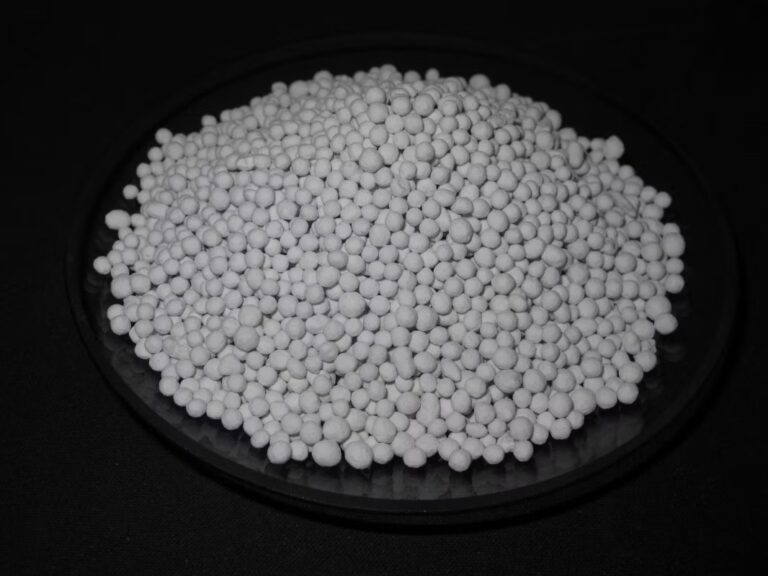
Granular Potassium Sulphate
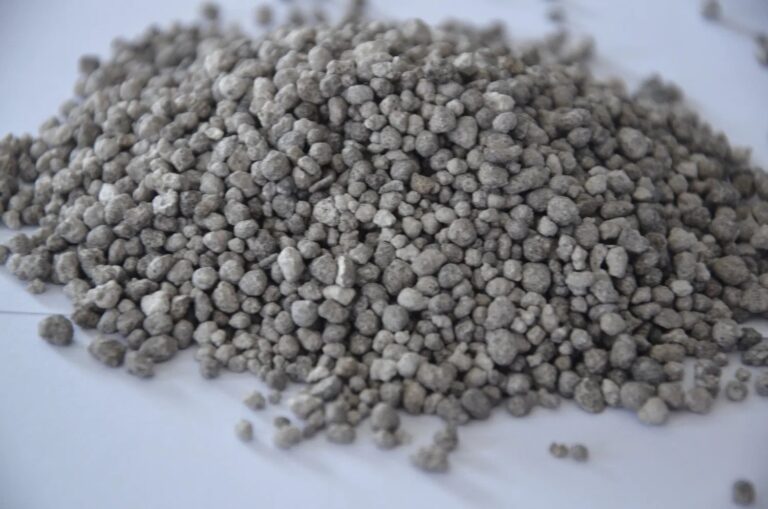
Granular Single Super Phosphate ( GSSP )
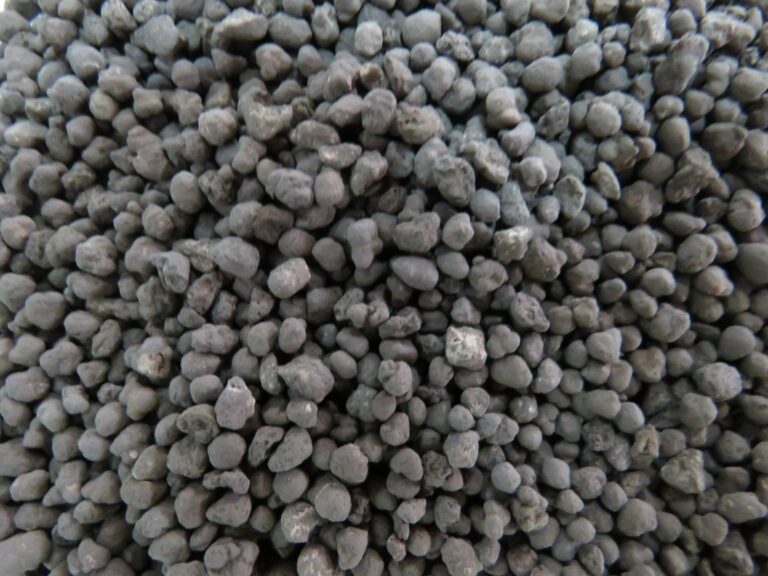
Triple super phosphate
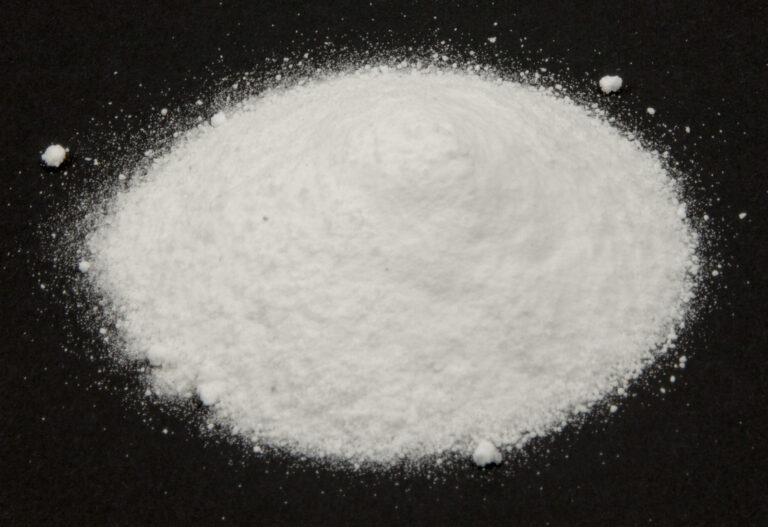
Potassium Sulfate
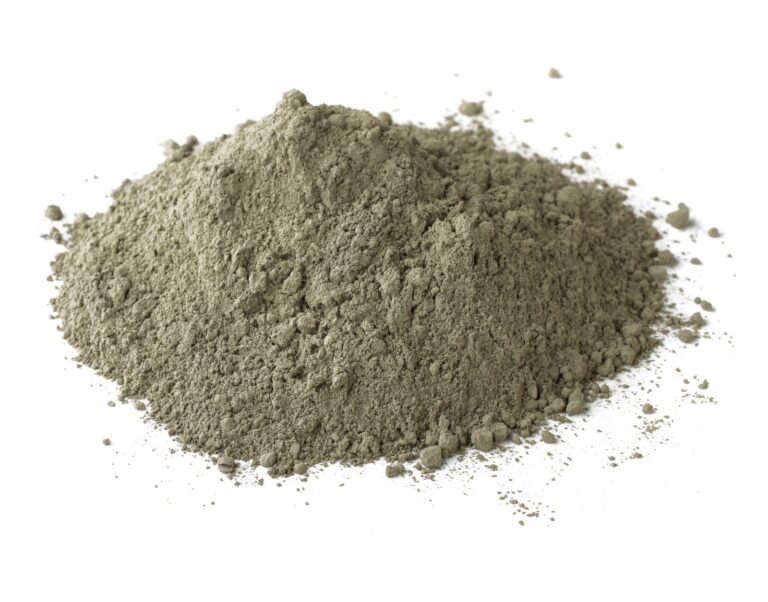
Single Super Phosphate
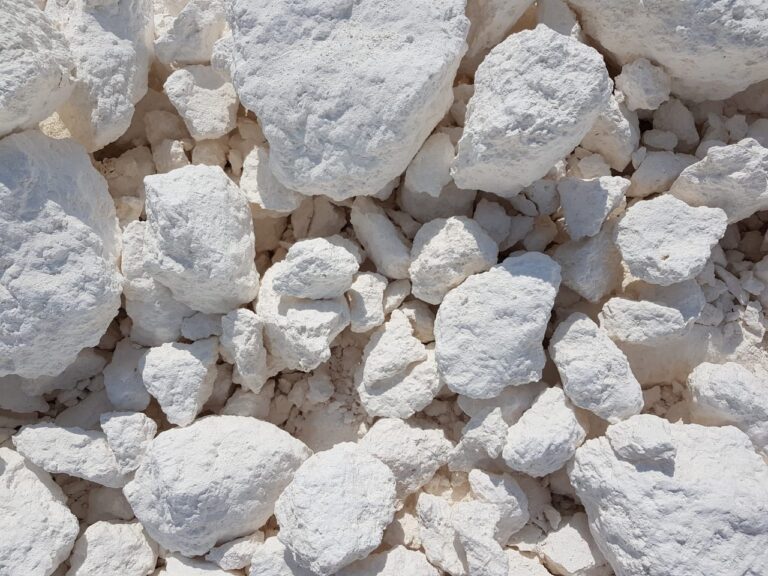
Dolomite
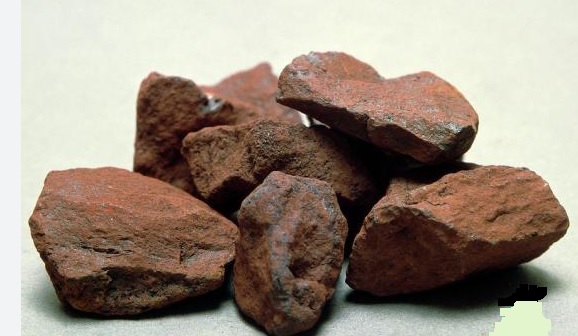
Iron Ore
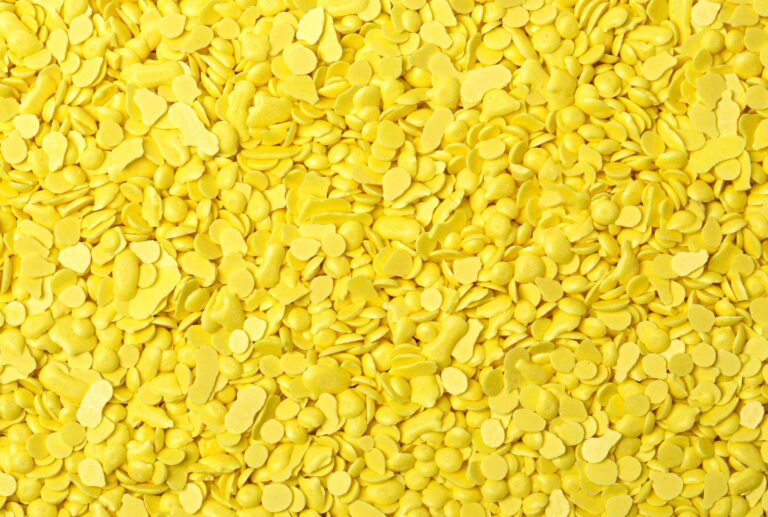
Sulfur
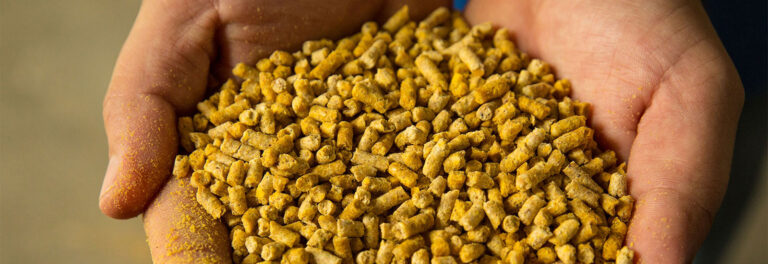
Feeds
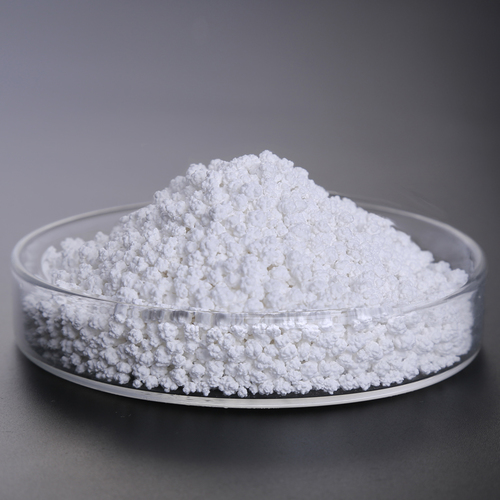
Calcium Chloride
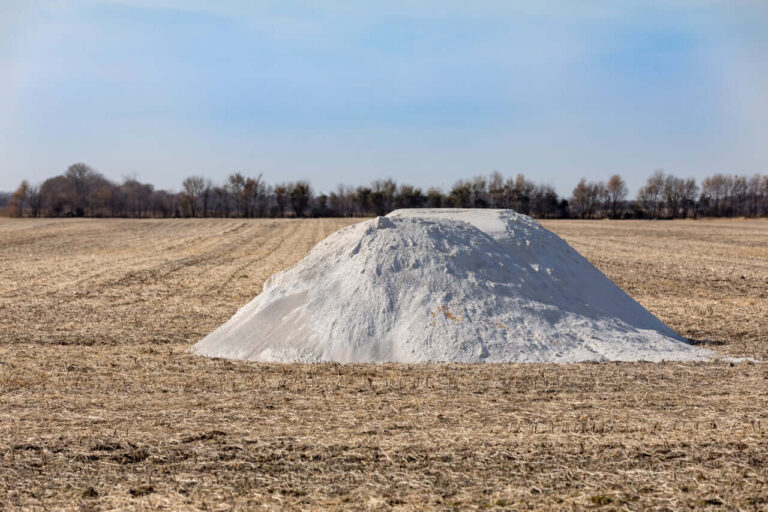
Agriculture Gypsum
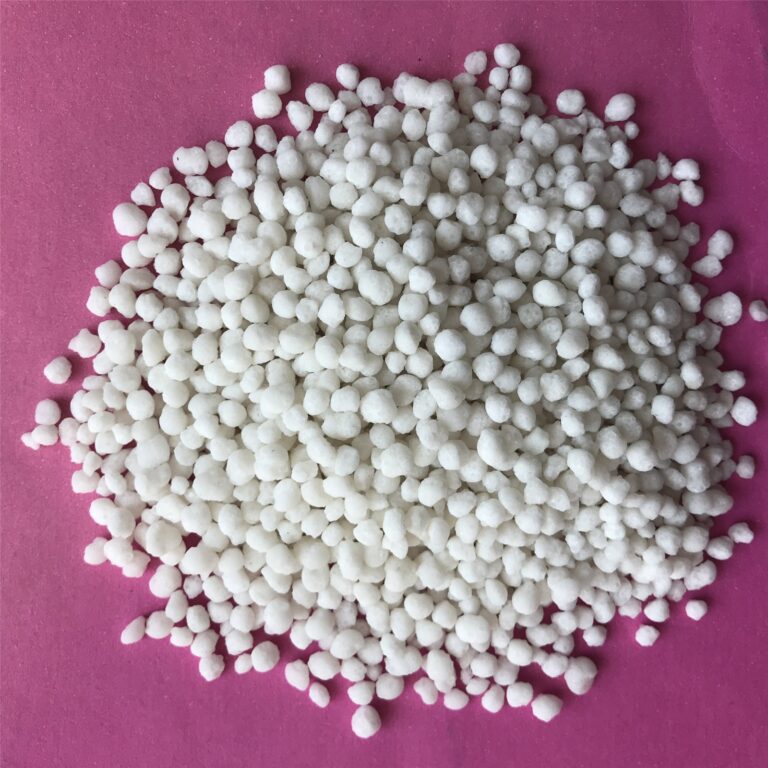
Ammonium Sulphate

NPK
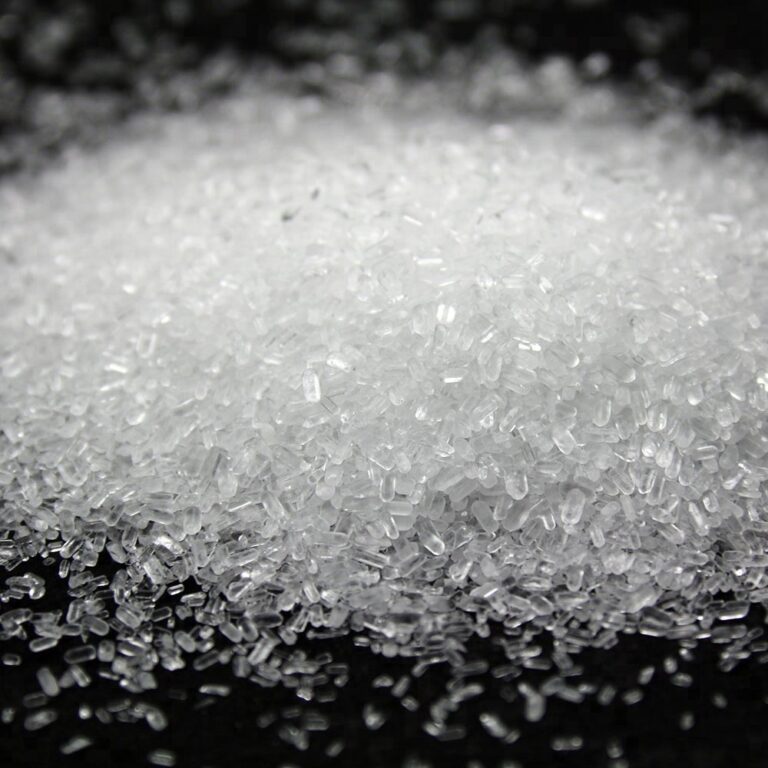
Magnesium Sulphate
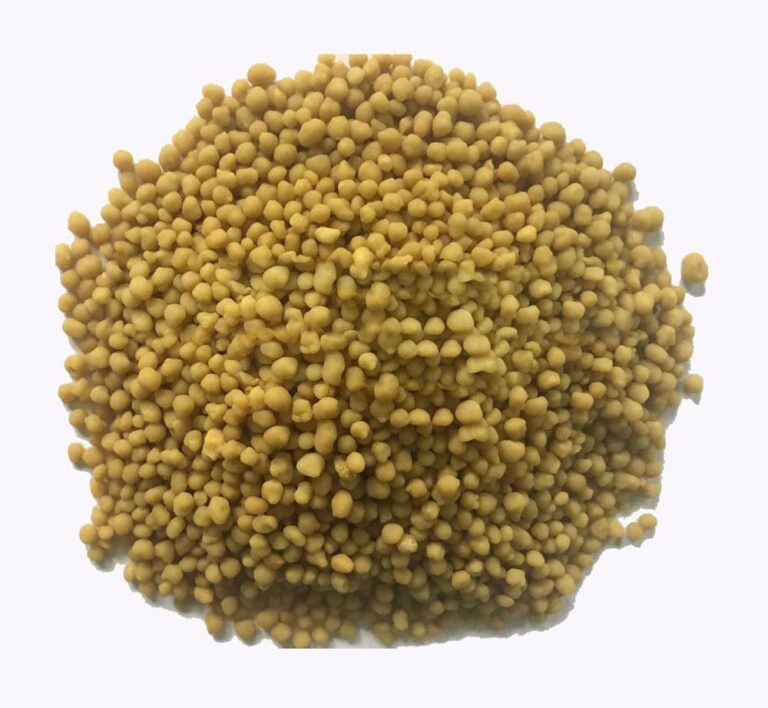
DAP ( 18-46 )
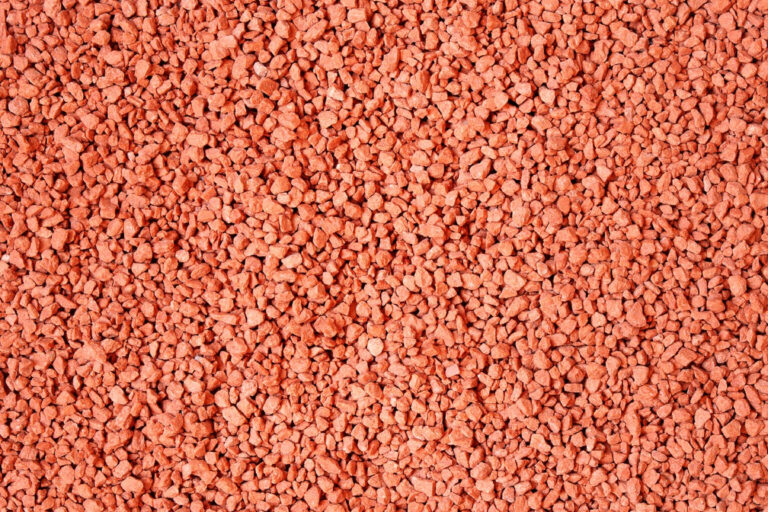
Potassium Chloride
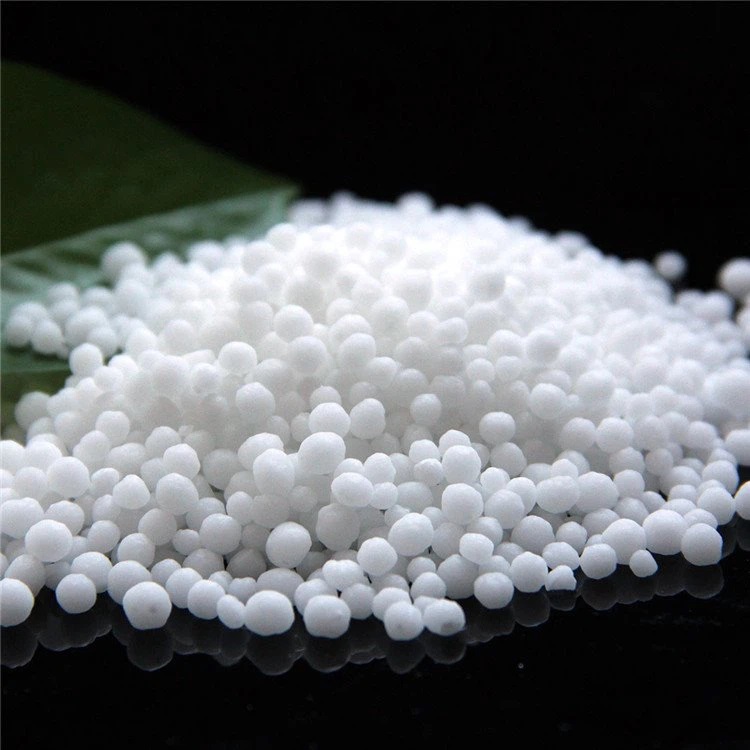
Urea (Prilled & Granular)
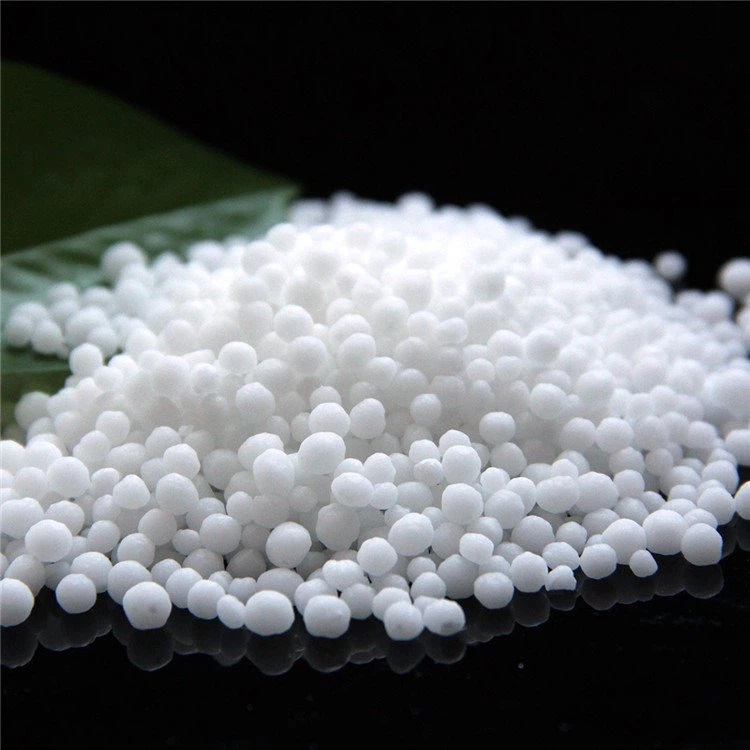
Automotive Urea
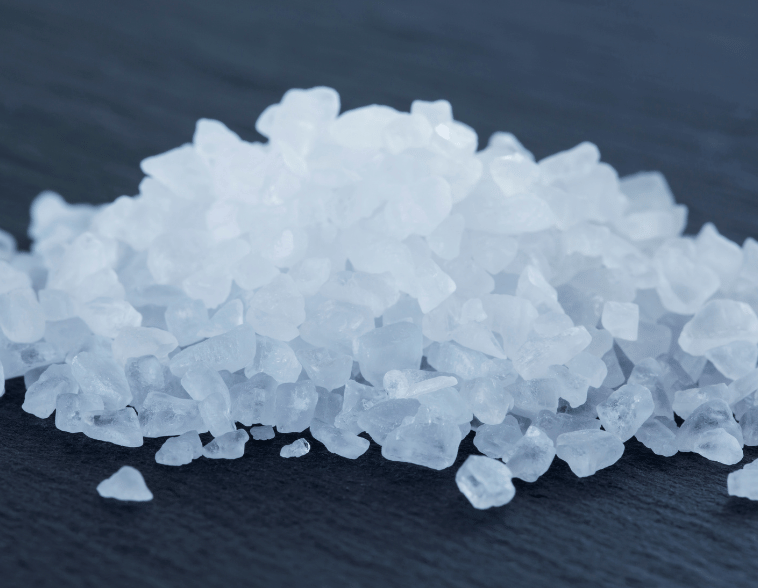
Rock Salt
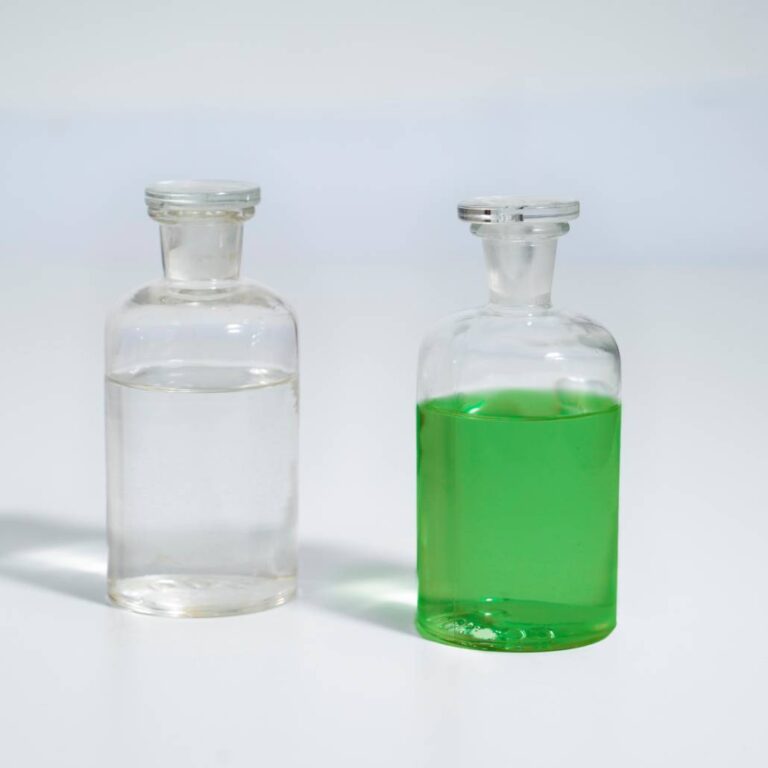
Phosphoric Acid 52% Min.
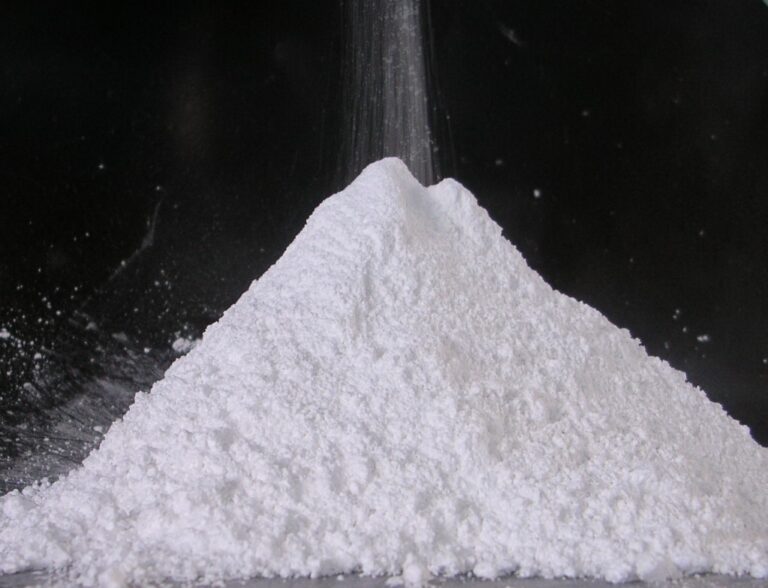
Talc Powder
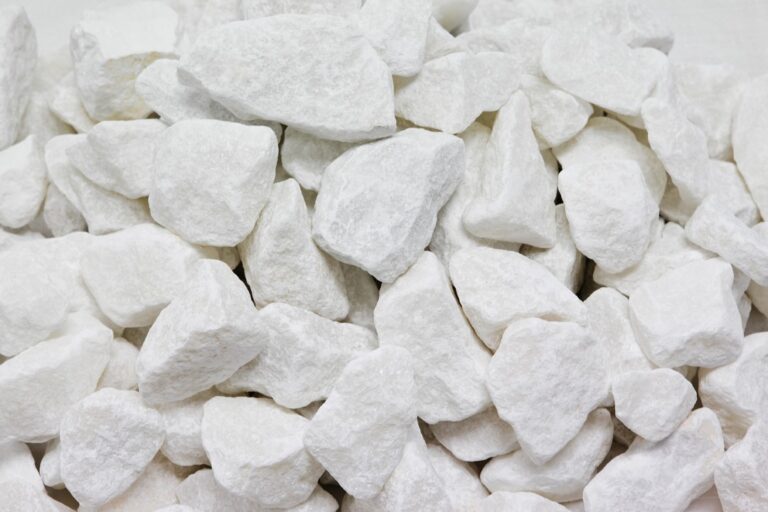
Calcium Carbonate

Rock Phosphate
Granular Potassium Sulphate

Granular Potassium Sulphate
| Specification of Potassium Sulfate Granular | ||
| Item | Specs | Units |
| 1. Chemical Properties | ||
| Chloride | Max 2 | % |
| Acitity as H2S04 | Max 2.5 Exp | % |
| PH | 3-Feb | |
| 2. Physical Properties | ||
| Shape & color | Granular White to Gray | |
| Bulk density | 1.04-1.15 | gm/cm3 |
| Moisture content | Max 1 | % |
| Solubility | 110-115 | Gm/l |
| Insoluble mater | Max 0.05 | % |
| Foreign partical | Max 0.1 | % |
| Hardness | Min 2.5 | nKg/grai |
Granular Single Super Phosphate ( GSSP )

Granular Single Super Phosphate ( GSSP )
| Analysis Requested | Results |
| Total P205 | 19.0 % Min. |
| Water and Citrate Soluble (Available) P2O5 | 17.0 % Min. |
| Water Soluble P205 | 15.0 % Min. |
| Moisture | 4.0% Max. |
| Free Acidity as P202 | 4.00 % Max. |
Triple super phosphate

Triple super phosphate
Triple superphosphate (TSP) was among the pioneering high-analysis phosphorus (P) fertilizers that gained widespread adoption during the 20th century. Technically referred to as calcium dihydrogen phosphate, as well as mono calcium phosphate, its chemical formula is [Ca(H₂PO₄)₂ .H₂O]. Despite its commendable history as a phosphorus source, the utilization of TSP has experienced a decline as alternative phosphorus fertilizers have emerged and become more prevalent.
Potassium Sulfate

Potassium Sulfate
Potassium Sulfate (SOP) serves as a key fertilizer that supplies potassium for crops that are sensitive to the chloride content found in Muriate of Potash (MOP), particularly those higher-value fruit and vegetable crops. Additionally, SOP provides sulfur, which is recognized as the fourth "macronutrient" and is essential for the growth of most crops in substantial amounts. Although SOP is typically priced at a significant premium compared to MOP and occupies a smaller share of the global market, it remains the second most utilized potassium fertilizer and holds considerable importance in its own right. SOP is available in various formulations, including standard, water-soluble, and granular forms.
Single Super Phosphate

Single Super Phosphate
Single Super Phosphate (SSP) serves as an excellent source of three essential plant nutrients. The phosphorus component of SSP behaves in soil similarly to other soluble fertilizers. The simultaneous presence of phosphorus (P) and sulfur (S) in SSP provides an agronomic advantage, particularly in conditions where deficiencies in both nutrients are present. Agronomic studies have frequently demonstrated the superiority of SSP over other phosphorus fertilizers, typically attributed to the presence of sulfur, calcium, or a combination of both. When readily available locally, SSP is commonly utilized for fertilizing pastures characterized by low levels of both phosphorus and sulfur. However, as a sole source of phosphorus, SSP often incurs higher costs compared to other, more concentrated fertilizers, which has contributed to a decline in its popularity. SSP is available in both powder and granular forms.
Dolomite

Dolomite
Dolomite is a prevalent rock-forming mineral characterized as a calcium magnesium carbonate with the chemical formula CaMg(CO3)2. It serves as the principal component of the sedimentary rock known as dolostone, as well as the metamorphic rock referred to as dolomitic marble. Limestone that contains a significant proportion of dolomite is categorized as dolomitic limestone. Although dolomite is infrequently observed in contemporary sedimentary environments, dolostones are abundantly represented in the geological record. These formations can spread over extensive geographic areas and may reach thicknesses of hundreds to thousands of feet. The majority of dolomite-rich rocks were initially deposited as calcium carbonate muds, which underwent post-depositional alteration due to magnesium-rich pore water, resulting in the formation of dolomite.
Iron Ore

Iron Ore
Iron ores are naturally occurring rocks and minerals from which metallic iron can be extracted. There are four primary types of iron ore deposits: massive hematite, which is the most commonly mined, alongside magnetite, titan magnetite, and pisolitic ironstone. These ores exhibit a range of colors, including dark grey, deep purple, rusty red, and bright yellow. Iron comprises approximately 95% of all metals utilized by modern industrial society, with nearly 98% of iron ore being employed in the production of steel. Additionally, iron chloride and iron nitrite serve as mordents and industrial reagents in the manufacturing of various types of inks. Iron Sulphate is applied as a fungicide, while iron carbonyl functions as a catalyst in numerous chemical reactions.
Sulfur

Sulfur
Sulfur is the key ingredient in the production of sulfuric acid, which is the most widely used chemical worldwide. This versatile mineral acid plays a crucial role as an intermediate in numerous processes across the chemical and manufacturing sectors. The fertilizer industry relies heavily on sulfuric acid to produce phosphate fertilizers, as well as nitrogen, potassium, and sulfate fertilizers. Beyond fertilizers, sulfur is utilized in various other industries, including non-ferrous metals, pigments, fibers, hydrofluoric acid, carbon disulfide, pharmaceuticals, agricultural pesticides, personal care products, cosmetics, synthetic rubber vulcanization, water treatment, and steel pickling. Sulfur, like nitrogen, phosphorus, and potassium, is an essential nutrient for plants. It enhances crop yields in several ways: first, it offers direct nutritional benefits; second, it acts as an effective soil amendment, particularly in calcareous and saline alkali soils; and third, it boosts the efficiency of other vital nutrients, especially nitrogen and phosphorus. Overall, sulfur serves a similar role in plant growth and nutrition as nitrogen does. Sulfur is available in powder, lump, crushed, pastilles, slate and granular forms.
Feeds

Feeds
A ração incorpora milho e óleos vegetais como as principais fontes de energia, atendendo de forma eficaz às necessidades calóricas das aves. É formulado para incluir aminoácidos essenciais como lisina e metionina, garantindo um suporte nutricional abrangente. Importante, a ração também garante um nível ideal de treonina, pois pesquisas indicam que atender a essa necessidade facilita o cumprimento de outras necessidades de aminoácidos. Disponível nas formas de pellets ou grânulos, este ração tratada termicamente promove uma melhor digestão e melhora o desempenho, como evidenciado por uma melhor taxa de conversão alimentar e pesos finais aumentados. As enzimas digestivas são integradas à formulação para maximizar a extração de energia através da melhoria da digestão do alimento. Para fortalecer ainda mais a saúde das aves, nossos alimentos incluem paredes celulares de levedura que interagem com bactérias patogênicas no trato digestivo, contribuindo efetivamente para a prevenção de doenças enquanto melhoram o desempenho imunológico e a eficiência da digestão. A vitamina E é incluída para trabalhar sinergicamente com o selênio, produzindo antioxidantes que protegem a integridade celular e otimizam a função antioxidante. A fórmula também é enriquecida com micro-minerais orgânicos que são altamente absorvíveis por frangos de corte, apoiando a redução do estresse oxidativo e melhorando a função imunológica para ajudar na prevenção de doenças. O selênio orgânico, que é prontamente absorvido pelas aves de corte, é incorporado por seu papel crítico na produção de antioxidantes, aumentando ainda mais a resistência a doenças. Além disso, a formulação apresenta antitoxinas químicas e biológicas, juntamente com ácidos orgânicos, para combater toxinas fúngicas e eliminar quaisquer ameaças fúngicas potenciais da fonte de ração.
Calcium Chloride

Calcium Chloride
| Calcium Chloride | |
| Element | Results |
| CaCI2 | Min 94 % |
| MgCI2 | Max 1 % |
Agriculture Gypsum

Agriculture Gypsum
Agricultural Gypsum serves multiple purposes, including as a carrier for horticultural dressings, a component in mushroom composting, a soil enhancer, and a tool for land reclamation post-saltwater flooding, while also providing essential nutrients like sulfur and calcium to plants, improving acid soils, addressing aluminum toxicity, and enhancing soil structure by reducing sodium exchange in dispersive soils.
Ammonium Sulphate

Ammonium Sulphate
Ammonium sulfate [(NH₄)₂ SO₄] has historically been one of the most extensively used nitrogen (N) fertilizers in crop production. Although its usage has declined over time, it remains particularly beneficial in contexts where both nitrogen and sulfur (S) are essential. Its high solubility makes it a versatile choice for various agricultural applications. Ammonium sulfate offers several advantages: - It contributes nitrogen in a form that enhances the physical and chemical characteristics of the soil. - It boosts crop resilience to water stress, owing to its potent bactericidal and fungicidal properties. - It strengthens the overall integrity of growing plants. - It mitigates pest damage by enhancing nutrient absorption from the soil, thus lowering the prevalence of pests. These attributes underscore the continuing relevance of ammonium sulfate in modern agricultural practices.
NPK

NPK
Fertilizers that contain the essential elements nitrogen (N), phosphorus (P), and potassium (K) are crucial for promoting the health and vitality of plants. Each of these elements serves a specific function: - - Nitrogen (N) is primarily responsible for stimulating leaf growth. - Phosphorus (P) enhances fruit and flower production as well as root development. - Potassium (K) contributes to the overall health of the plant. These fertilizers are available in both water-soluble and granular forms, allowing for versatile application methods to suit various gardening needs.
Magnesium Sulphate

Magnesium Sulphate
This product is specifically formulated to effectively address and prevent magnesium deficiencies across various crop types and soil conditions. It is most advantageous to utilize this fertilizer prior to or during the planting phase to avert magnesium deficiencies. Nevertheless, it is also suitable for rectifying growth-related issues that may arise during the growing season.
DAP ( 18-46 )

DAP ( 18-46 )
Di-ammonium phosphate is a member of the group of water-soluble ammonium phosphate salts formed through the reaction of ammonia with phosphoric acid. This granular fertilizer is characterized by its high phosphorus and nitrogen content, which significantly enhances root development and supports early plant growth. It is particularly well-suited for a diverse array of crops, with a notable effectiveness for corn and grain.
Potassium Chloride

Potassium Chloride
Potassium Chloride (KCl) possesses a diverse array of applications across various industries. It is utilized in buffers, fertilizers, pharmaceuticals, scientific research, food processing, and explosives. Furthermore, it plays a significant role in oilfield brine solutions, which can consist of various single salt fluid blends, with potassium chloride brine being one of the prominent types. This particular brine fluid is characterized by its clarity and can be applied within a density range of 8.4 lb/gal to 9.7 lb/gal.
Urea (Prilled & Granular)

Urea (Prilled & Granular)
Urea, with a nitrogen content of 46 percent, stands out as an exceptional solid nitrogen fertilizer. It is synthesized from ammonia and carbon dioxide, offering the highest nitrogen concentration among solid nitrogen fertilizers available. This granular product can be conveniently applied directly to the soil utilizing standard spreading equipment.
Automotive Urea

Automotive Urea
Automotive-grade urea is a highly refined technical grade of urea utilized as a diesel exhaust fluid (DEF) aimed at minimizing nitrogen oxide (NOx) emissions from diesel engines. This product appears as white, solid, cylindrical pellets and comprises 46% nitrogen, predominantly in the form of amine groups. It is compliant with emissions standards IV and V, applicable across all European Union regulations, and is suitable for a variety of commercial vehicles, automobiles, construction machinery, and other large diesel engine selective catalytic reduction (SCR) systems.
Rock Salt

Rock Salt
Rock salt, scientifically known as Halite, is extracted globally from vast underground deposits. These deposits are the remnants of ancient, enclosed seas and lakes that have dried up over time, subsequently covered by layers of sediment and natural materials. The extraction process involves locating and harvesting sodium chloride from extensive subterranean salt beds. we specialize in this specific type of extraction, with a focus on both indigenous salt mines and the Siwa Oasis in Egypt. We provide two varieties of rock salt products: pure Egyptian rock salt, as well as a blend that contains 23% sea salt. Notably, the rock salt sourced from Siwa is renowned for its exceptional purity, measuring at 99.2% with a maximum moisture content of 1%.
Phosphoric Acid 52% Min.

Phosphoric Acid 52% Min.
Phosphoric acid is produced through the reaction between phosphate rock and sulfuric acid. This compound is of great importance in a variety of industries due to its wide-ranging applications. Primarily, phosphoric acid is utilized as a key raw material in the manufacture of phosphate fertilizers, representing its most significant use within the sector.
Talc Powder

Talc Powder
Talc, also known as talcum, is a clay mineral comprised of hydrated magnesium silicate, with a chemical formula that highlights its unique properties. We are pleased to offer a broad range of Talc Powder, manufactured from high-quality raw materials. This powder finds applications across various industries, including paints, food processing, rubber manufacturing, paper production, plastics, electrical cables, pharmaceuticals, cosmetics, and ceramics. Renowned for its softness and lubricating attributes, our Talc Powder is in high demand and available at competitive prices. We ensure safe delivery by providing packaging that protects the integrity of the product, especially suited for twin-screw extrusion processes. The powder is free from resin carriers, boasts over 98% purity, and offers a high degree of flexibility for formulations. The particle shape is cylindrical, with specifications including a diameter of 2.5 mm and a length of approximately 3 mm. This product has undergone a coupling agent coated modification, allowing for exceptional dispersion within the resin. During usage, it generates no airborne dust, promoting a clean work environment and safeguarding employee health. Compared to traditional powders, the increased proportion of particles enhances the efficiency of twin-screw extrusion, resulting in uniform and swift blanking without backflow, thus ensuring stable quality and improved operational efficiency.
Calcium Carbonate

Calcium Carbonate
Calcium carbonate is extensively utilized across various industries, including paper, plastics, paints, and coatings, serving primarily as a filler and, due to its distinctive white color, as a coating pigment. In the paper industry, it is globally recognized for its superior brightness and light scattering properties, making it a cost-effective filler for producing bright, opaque paper. This filler is introduced at the wet-end of paper manufacturing processes, ensuring that the resultant paper exhibits enhanced brightness and a smooth texture. In the realm of paints, calcium carbonate can constitute as much as 30% of the total weight, functioning as an effective extender. Furthermore, this mineral is widely employed as a filler in adhesives and sealants, underscoring its versatility and importance in various applications.
Rock Phosphate

Rock Phosphate
Rock phosphate, commonly referred to as phosphate, is extracted from clay deposits that contain phosphorus and is utilized in the production of organic phosphate fertilizers favored by many horticulturists. Historically, rock phosphate served as a standalone fertilizer; however, due to its limited availability and low nutrient concentration, most fertilizers currently applied are processed.

